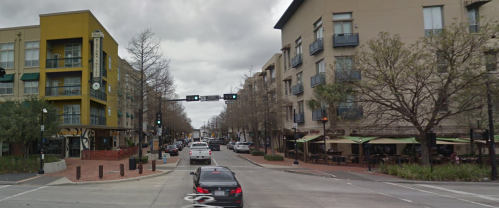We can’t stop growing. But to avoid flooding, we’ve got to be smarter about it.
By John S. Jacob, for the Houston Chronicle | April 20, 2016
23 ( First Published in GrayMatters)
This piece was published one year ago, right after the Tax Day flood –bears saying the same thing again! I am a bit less sanguine now about the ability of wetlands to make much of a difference in a Harvey-size flood. On the other hand, all man-made detention basins also overflowed during Harvey. The overriding message needs to be to stay out of harm’s way! Don’t build in floodplains–100yr, 500yr, or Harvey floodplains.
Let’s review the facts before this teachable moment fades away.
We live on a very flat coastal plain — much of it only a four-foot drop over a mile. And much of it with very clayey, slow-to-drain soils. We also live in the region of highest-intensity rainfall in the continental U.S. So it is going to flood. Mother Nature will continue to deliver floods no matter what we do. Don’t count her out.
Flooding does not occur uniformly across the region. There are floodplains, and areas near the floodplains. There are low areas and there are higher areas. We need to know where these are. Obviously! — and yet we don’t seem to know.
But humans have screwed things up royally.
First, we have placed development in harm’s way — in low-lying areas, including floodplains. Incredibly, we continue to do so. Arbor Court Apartments — so much in the news with the heart-rending pictures of rescued families — is in the floodway of Greens Bayou. The floodway is the deepest part of the floodplain. The flooding at this point was inevitable — but the human tragedy was not. This was a disaster by design. Not Mother Nature’s fault!
Read the full piece at GrayMatters
Read Full Post »
 Maeslant Barrier, Netherlands. Google Earth, December 2018
Maeslant Barrier, Netherlands. Google Earth, December 2018

